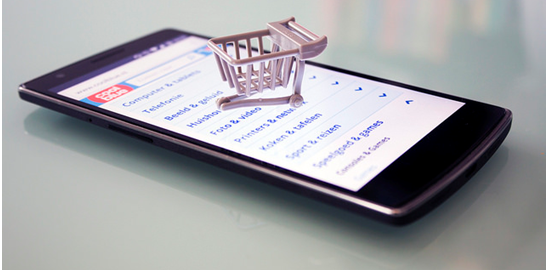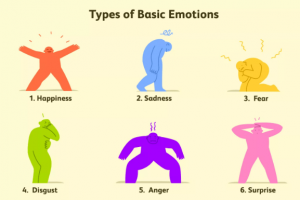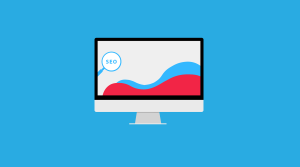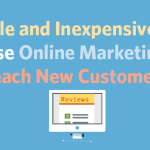Small business owners should know that getting valuable customers to like what they’re selling is tough. And yet, it’s not something impossible to attain. How should startups design their marketing campaigns to grab attention? In case you’re used to sending emails to your subscribers in plain text, you should reconsider your strategy right now. HTML emails are a much better alternative; at first, they might seem tricky and even a bit scary to implements, but with the right approach you’ll see that they have a lot more benefits than plain text emails.
Online customers are responsive. A recent report highlights that HTML emails receive a 50% higher click rate than text emails. If you’re attempting to build a strong brand for your business and showcase your products to the masses, you need to use email the smart way in order to hook customers and convince them to stick around. Here are some useful guidelines to help you harness the power of email for your business.

Campaign branding
Quality emails allow businesses to control their messages. Make sure to design them properly so that they can reflect the online identity of your brand. When sending emails, it might be a good idea to add your company logo too. Use background fonts and colors to create a visual effect and make users remember you.
User segmentation
If you want your emails to be opened and read, you must center your attention on segmentation. Do not send everyone the exact same thing. Believe it or not, very few companies today take the time to assess segmentation; some don’t use it at all. There are sensible ways you can use to separate your client base and target them individually so as to grab their attention. The RFM (recency, frequency and monetary value) approach is the most common, and yet the most effective. To make it work you must answer the following questions:
- When was the last time a customer bought from you?
- How frequently?
- How much money did they spend?

Separate customers who have bought from those who haven’t
Make sure to use the simplest segments when sending emails. Change your offer and give customers something different every time. This will appeal to their sense, not to mention that it will convince them that there’s more to your company than just a product. For instance, you could offer customers that are new (and never made a purchase) a discount. Save the “real goods” for paying clients. To them, it might be wise to provide them access to exclusive products; or perhaps a reward for being loyal to you.
Targeted email marketing
A smarter, more advanced tactic is to make use of emails that are trigger-based. These are very specific and they’re aimed at certain customers. Amazon, for example, has implemented this strategy quite successfully. The emails sent to existing and new customers usually consist of items people have bought or checked out on Amazon. To make this work for your company, you might want to search the market for email marketing software; the best available online allow you to keep track of your customers’ accounts. In addition, they’re excellent at spotting people who abandon their shopping carts.
The web is an extremely powerful marketing too. However, to make it work to your advantage you must use it right. When sending emails to market your products, it is wise to know at least some basic (preferably something personal) information on the receivers. This will help you segment clients a lot better and more effectively.

Make automated campaigns work
A lot of companies used automated emails when marketing their brand and products. However, many times these emails end up in spam. It is important to choose quality automated emails if you want to win over people. Keep things simple, neat and organized. Implement personal phrases into the email to make customers feel special, and don’t send the same email over and over again.
Email can be a powerful marketing tool for business. But it doesn’t work if you don’t have a target audience properly segmented. Don’t send people discounts and vouchers to products they don’t want to buy. Instead, win their trust by sending emails particularly crafted at their needs and wants.
Digital & Social Articles on Business 2 Community(32)
Report Post





